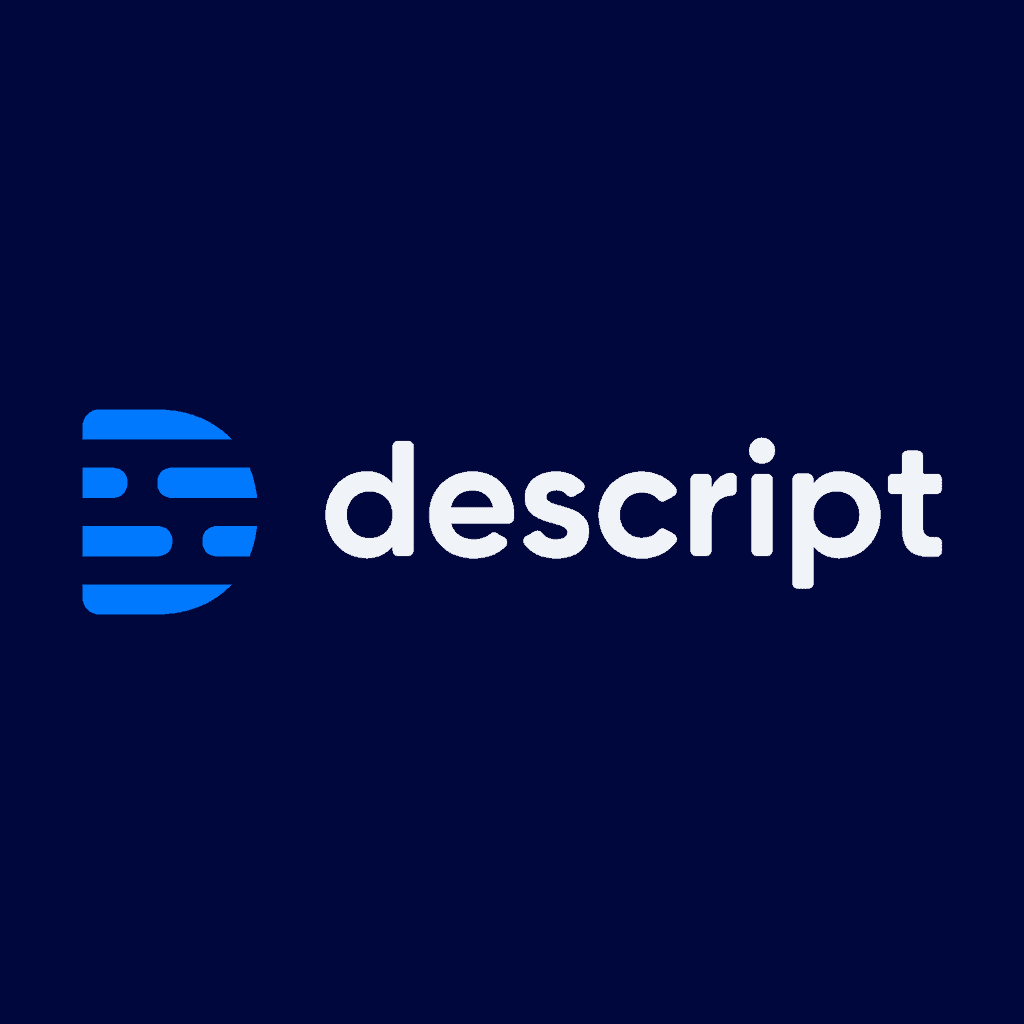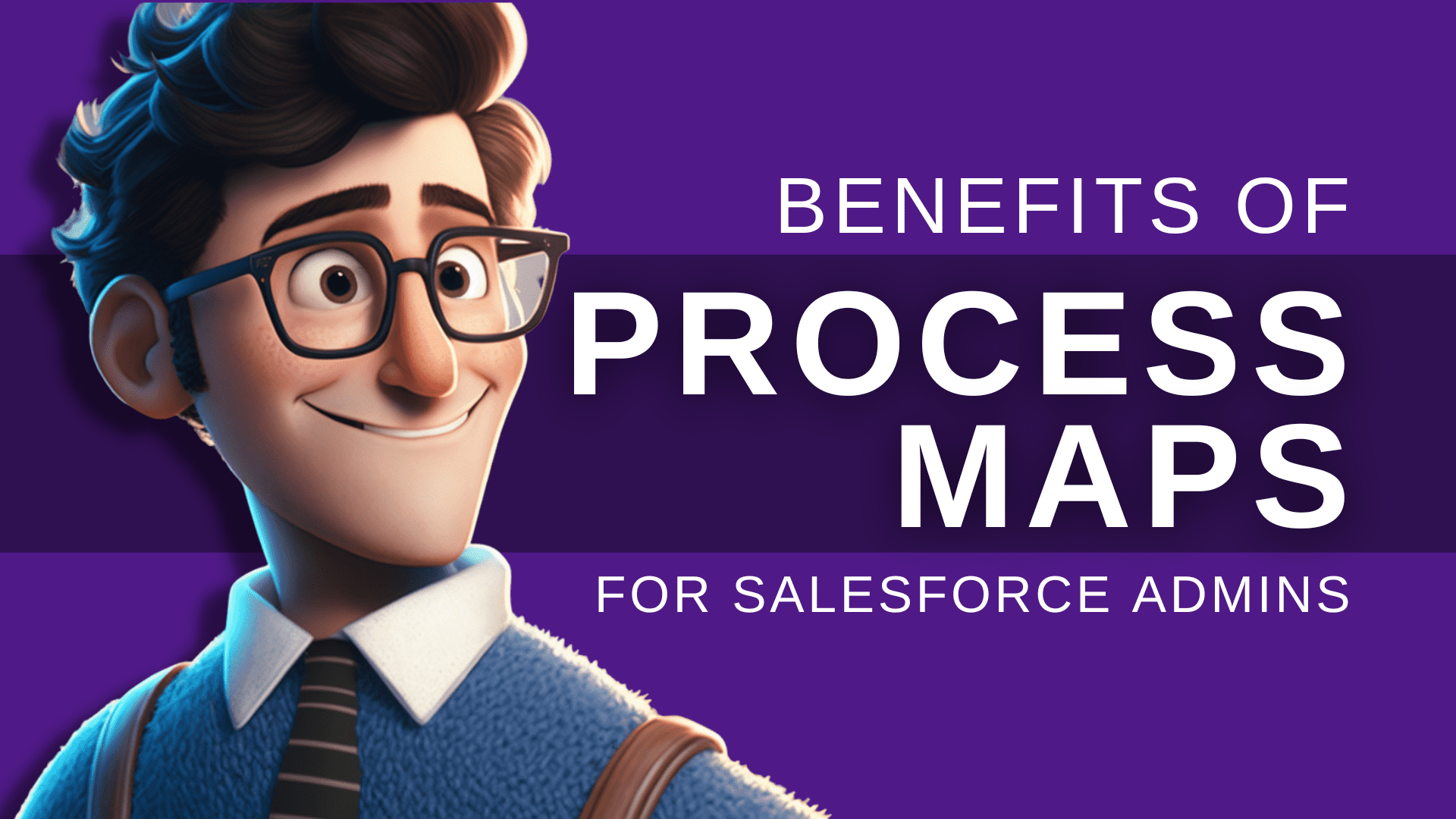Salesforce End-User Training: How to Leverage Learning Styles for Maximum Results

Introduction
Are you an Admin looking for ways to maximize the effectiveness of Salesforce end-user training? Whether you’re a new or experienced Admin, leveraging learning styles can help your end-users with their onboarding process.
Learning styles are individual differences in how people absorb, analyze, synthesize, and use information.
By becoming aware of different learner needs and preferences among your team members, you can more effectively optimize training processes and deliver better results.
This blog post will discuss common learning styles and practical tips on applying them best in Salesforce end-user education.
Let’s get started!
What Are Learning Styles, and How Do They Affect Salesforce Training
Learning styles are defined as how individuals absorb and process information.
There are typically four distinct learning styles:
- auditory,
- kinesthetic
- visual, and
- reading/writing.
Each individual has a unique mixture of these four learning styles that affect how they receive and comprehend new information.
In Salesforce end-user training, understanding each person’s learning style is essential in ensuring the material is taught effectively.
🔥 SUBSCRIBE! 🔥

Get practical Salesforce advice in your inbox!
Feeling overwhelmed by everything you have to do as a Salesforce Admin?
I know how it feels.
I created the FREE Brainiate Newsletter – to help you stay up-to-date with the latest Salesforce news, advice, and product recommendations.
Sign up for my newsletter and get all that information right in your inbox – without having to search for it yourself. You’ll be able to focus on your projects with peace of mind, knowing you’re always up-to-date on the latest Salesforce updates.
Click the button below and sign up for my FREE Brainiate Newsletter today!

Auditory learning
If a learner has a predominantly auditory style, using audio recordings or lectures would be more effective than simply providing written material or multimedia presentations.
Kinesthetic learning
Additionally, if learners have a solid kinesthetic approach to learning, it would be beneficial to incorporate interactive activities into the training session to get them actively involved in processing the new information.
Visual learning
Visual learners usually need visual cues such as diagrams, photos, videos, or graphs included in the materials to learn most effectively. Using case studies can also benefit this learner as it allows them to see how different scenarios have been handled successfully to apply similar tactics within their environment.
Reading/Writing Learning
Reading/writing learners, on the other hand, need ample instructional material with plenty of details that they can refer back to during their training sessions and afterward when they require additional guidance on topics already covered.
By considering each learner’s learning style during Salesforce end-user training, trainers can ensure that all participants can make optimal use of the presented information and walk away from the session with a greater understanding of how Salesforce works for their organization. Learning styles also indicate what materials will work best for subsequent self-paced courses so that employees can continue their development independently even after attending formal training sessions. This allows trainers to provide more comprehensive instruction while engaging learners through multiple modalities instead of relying solely on verbal instruction or written documents.
How to Identify the Different Learning Styles in Your Organization
Identifying the learning styles of your Salesforce end users is a crucial component in ensuring their successful adoption and usage of Salesforce for their day-to-day work responsibilities. It helps ensure that you are providing the most effective training solutions and materials to meet their individual needs. Learning styles refer to how individuals acquire, interpret, and use information.
To identify your Salesforce end users’ learning style preferences, you should start by having conversations with them either one-on-one or via a survey which can remain anonymous if needed. Ask questions about how they learn best, such as “Do you prefer watching video tutorials?” or “Do you like reading articles online about new topics?” In addition, pay attention to any feedback provided during training sessions, such as “I think it would be helpful if this were explained differently,” which can provide insight into what type of instruction works better for them. Finally, analyze any post-training surveys sent out that may help provide clues into what type of instruction resonates best with them.
By taking the time to understand the different learning styles of your Salesforce end users, you can create appropriate training programs tailored specifically for them, which will increase knowledge retention rates and ultimately lead to more successful user adoption of Salesforce within your organization.
How to Create Training Content That Caters to Different Learning Styles
Salesforce Admins should create Salesforce end-user training content that caters to different learning styles to give their trainees the best possible experience. By taking into account learning styles and preferences, admins can maximize the effectiveness of their training initiatives.
How to create Salesforce training materials for visual learners
For visual learners, video tutorials are an ideal format for instructional content. Admins can incorporate screencasts or short video clips demonstrating how to use Salesforce features. They may also consider creating infographics or flowcharts as visual aids. Additionally, they can provide images within text-based resources such as job aids or cheat sheets for more advanced tasks.
How to create Salesforce training materials for auditory learners
Auditory learners benefit from tutorial audio recordings with step-by-step instructions for navigating through Salesforce features. Admins can record live demos with narration or provide audio snippets within slideshows or videos. For example, they may include a brief introduction before beginning a demo or explain key points throughout a workflow demonstration.
How to create Salesforce training materials for reading/Writing learners
Written materials benefit all learners, especially those who prefer reading and writing as learning styles. Admins should create comprehensive documents that walk users through each step using Salesforce features, job aids, and cheat sheets with quick reference information and tips for completing everyday tasks quickly and easily.
How to create Salesforce training materials for kinesthetic learners
Lastly, kinesthetic learners need hands-on activities to learn effectively. Admins should create interactive simulations where trainees can practice using essential functions in Salesforce without fear of breaking the system since it is done in an artificial environment. This will help users become proficient in navigating the platform quickly from memory rather than relying solely on written instructions when trying to complete tasks during real-world scenarios.
In conclusion, there are several ways for Salesforce admins to create end-user training content that caters to different learners, including visual, auditory, reading/writing, and kinesthetic learners. By creating a variety of content formats such as videos, audio recordings, written documents, and interactive simulations, they can ensure that everyone has access to the materials they need to learn how to use Salesforce efficiently and accurately.
Tips for Facilitating Training That Takes Into Account Different Learning Styles
Tip 1: Diversify Your Salesforce Training Materials
When facilitating end-user training for Salesforce Admins, it is essential to consider the different learning styles of your participants. To ensure that all users walk away with a comprehensive understanding of the platform, Salesforce Admins must create a training program that includes varied approaches such as visual presentations, hands-on demonstrations or practice exercises, and verbal instruction.
Tip 2: Make Your Salesforce Training Interactive
Incorporate interactive elements into your end-user training sessions. This can include activities like roleplaying scenarios, team problem-solving exercises, or quizzes that help to reinforce essential concepts. By allowing learners to engage in hands-on activities and explore the platform safely, they become better prepared to use Salesforce effectively in their day-to-day operations.
Tip 3: Provide Additional Resources
Provide learners access to additional resources they can refer back to after the end-user training session has ended. Consider creating an online library of materials, such as user guides and tutorials, that can be accessed at any time via an intranet or company website. Additionally, consider providing links to Salesforce’s official documentation so users can access information directly from the source when needed.
Tip 4: Track Progress
Develop a system for tracking progress during the end-user training session. This could include administering periodic quizzes or tests that assess user knowledge before and after specific topics have been covered. It also helps to keep track of user responses throughout the course by asking questions related to each module topic and activating polls and surveys at different course stages.
Tip 5: Celebrate Successes
Remember to celebrate success along the way! End-user training is necessary and an opportunity for personal growth and development. Celebrate milestones with small rewards like extra free time or treats for lunch throughout the course duration—this will help motivate users while keeping them engaged in an enjoyable learning experience!
Conclusion
By understanding the different types of learners on your team and using Salesforce end-user training methods that appeal to their learning styles, you can maximize productivity and retention for everyone. So don’t forget to consider how each team member learns best when creating or delivering training content in the future. Did you find this post helpful?
We hope so! If you did, please share it online with other Salesforce Admins who might benefit from understanding how to leverage learning styles in their own user training programs.
POST SPONSOR:

Descript
Editing videos is challenging, time-consuming, and frustrating. You have to learn new software and then figure out how to use that software to edit your videos.
Most people don’t even bother editing their videos because it’s too complicated and takes too much time. As a result, they end up with low-quality videos that don’t represent their company well.
Descript makes video editing easy. With their simple drag-and-drop interface, you can edit your videos just like a Google Doc. Plus, they offer free training tutorials to get started immediately.
Use my affiliate link below to start a FREE trial, and you’ll quickly realize why I love Descript!






